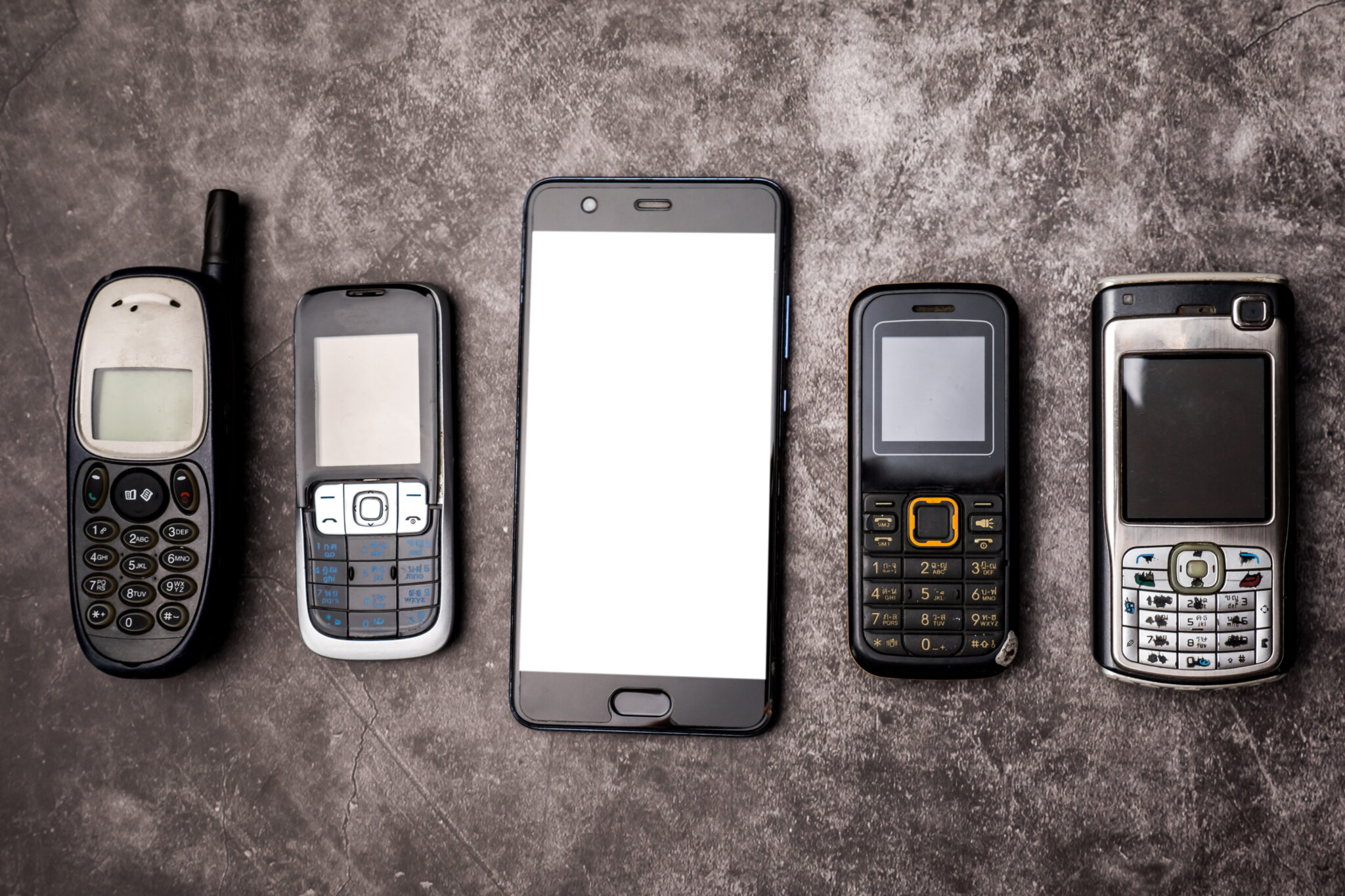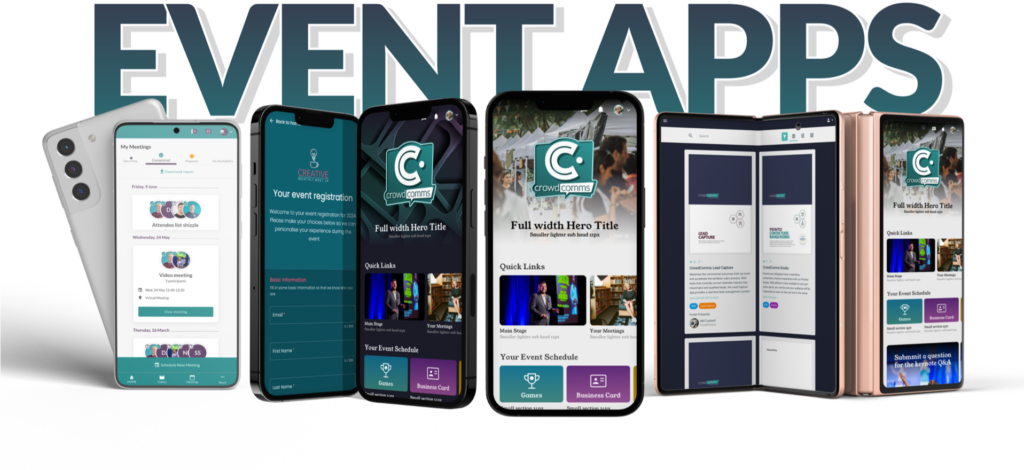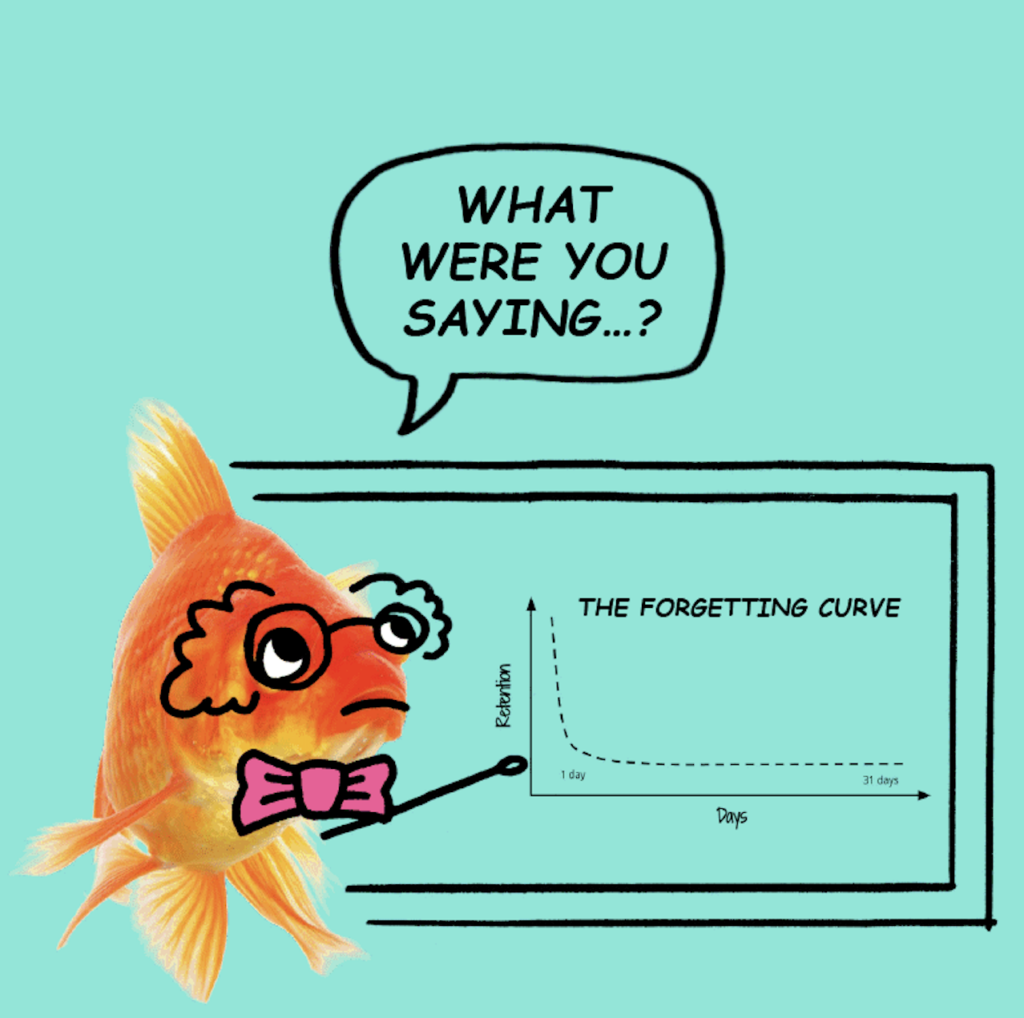
The journey from the original Nokia 5210 to today’s smartphones is a testament to the rapid pace of technological advancement in the tech industry.
From simply texting your mates 20 odd years ago to location wayfinding, streaming videos, and accessing basically anything in the world in seconds, mobile phones have come a long way and they’ve helped us shape event experiences as we know them today.
Let’s take a closer look at this evolution and explore what has changed over time.
The Birth of Dumbphones
The Nokia 5210 was launched in 2002 and quickly gained popularity due to its rugged design, long battery life, and simple features. It was the era of “dumbphones” as they’re known today – basic mobile devices that allowed users to make calls, send texts, and play simple games like Snake.
These phones were primarily used for communication and were not equipped with the advanced features or technology that we have been accustomed to today.

The Rise of Smartphones
Fast-forward a few years, and we see the release of the first iPhone in 2007, which revolutionised the mobile phone industry. This marked the beginning of smartphones—devices that not only allowed users to communicate but also provided access to various features like being able to amusing memes of your favourite #eventprof on stage holding a burger, as well as, of course, effectively doing all of your jobs from the palm of your hand.
Smartphones quickly became more than just a means of communication; they are now tools for entertainment, organisation, and productivity.
With technological advancements, smartphones evolved with each passing year, becoming sleeker, faster, and more sophisticated than ever before. Now they are multimedia powerhouses with high-resolution cameras, advanced security features, and the ability to connect many audiences at your events.
The Impact on Event Experiences
With their now advanced capabilities, they have become an essential tool for both event attendees and organisers alike.
Although mobile event apps have become a staple in the events industry, allowing attendees to access all event information such as schedules, speaker bios, session details, networking opportunities, and more at their fingertips, smartphones have also impacted event experiences in other ways.
For example, event organisers are now using their mobile devices for event check-ins and registration, live streaming events or moments to a wider audience, and even incorporating virtual or augmented reality into their events.
Smartphones have also become a powerful marketing tool for promoting events through social media platforms and targeted advertisements.
We’re not just talking about Mobile Event Apps here. Of course we’d love to, it’s a core eventtech product at CrowdComms, but what we’re honing in on today is their powerful use in events.

The Dawn of Smartphones
Is it still the dawn of the smartphone? It’s felt that technology is advancing so quickly what else can it do for us? How clear a picture can you take? How much better can your calendar be?
The possibilities are endless, and it’s clear that smartphones will continue to evolve and shape the way we experience events in the future. However, with this ever increasing rise of not just the mobile device, but the technology hosted within, we have a new problem…
Attention spans are dwindling. Well, sort of.
On the one hand (according to research), the average attention span of a human today is 8.25 seconds. Do you know what the attention span of a goldfish is? 9 seconds.
So humans have a lower attention span than that of a goldfish… Houston, we have a problem.

Impacted by the increasing distractions on the internet, social media and the fast pace of life today, the world, let a lone our attendees, are becoming more demanding and easily distracted.
However – the rise of the multi episode, long season TV programs, the increasing number of people listening to podcasts and audiobooks in their travels (and cooking), perhaps it’s not attention spans that are dwindling – but instead our ability to stomach irrelevant or uninteresting content.
Ooof, is that why we’ve got dwindling attention spans? We’re simply not interested in irrelevant noise?
Congratulations if you made it this far.
Although a number of research articles say our attention spans are decreasing, it’s these very “fast channels” of content that are helping us discover new experiences and stories that we wouldn’t have found otherwise.
So what does this mean for event organisers?
It’s important to keep up with technological advancements and incorporate them into events, as well as to ensure that the content being delivered is engaging, relevant, and valuable to attendees.
Short, impactful content is key, whether through bite-sized sessions, interactive experiences, or incorporating technology like virtual and augmented reality. But couple it with longer, engaging content like multi-episode sessions or thought-provoking discussions to keep attendees hooked and interested.
The evolution of mobile devices from dumbphones to smartphones has changed not only the way we communicate and access information but also how we experience events.
With their advanced capabilities and constantly evolving technology, smartphones have become an integral part of event planning and execution. It’s up to event organisers to embrace these changes and utilise them effectively in order to create memorable experiences for attendees.
So, let’s keep pushing the boundaries and see where the next mobile event evolution takes us!




